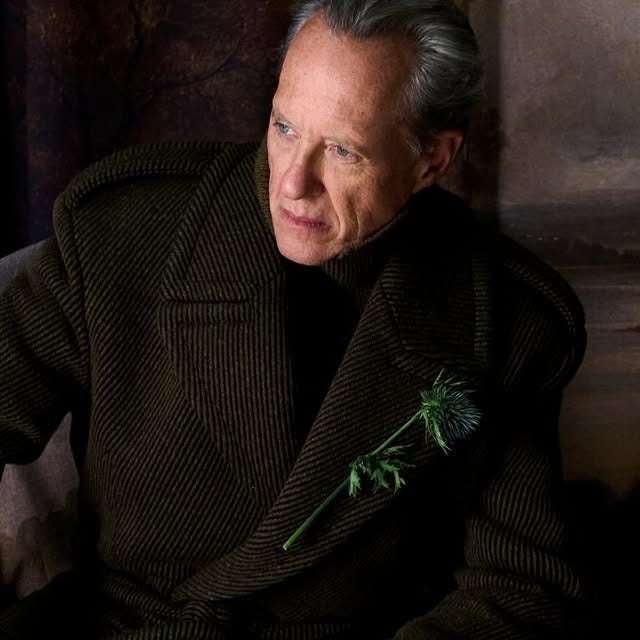Inside Burberry’s lost year — and the battle to bring back its magic
Some fabulous campaigns and you'd think it was doing fine — but Burberry’s year tells a different story.
Editor’s Note (2025)
We first published this investigation in late 2024, at the height of Burberry’s identity crisis.
A year later, as fashion undergoes what editors are calling The Great Fashion Reset — every major house rewriting its codes of taste — the questions feel sharper than ever.
This newly optimised edition updates the data, leadership shifts and mood inside British luxury, and adds fresh context to how a national symbol lost its way.
Because even in a €1.5-trillion industry, the hardest thing to measure is still the magic.
“It’s not a brand that I get asked to look at by my clients, even my high net worth ones,” says Anna Berkeley, personal stylist and Financial Times columnist. “There is literally zero interest.”
Something has gone badly wrong at Burberry, Britain’s only global luxury brand.
The company is now worth around £4.17 billion — down from a peak of nearly £10 billion at the start of 2023.
Retail revenue fell 6 % in Q1 FY26 to £433 million, with comparable store sales down 1 % year-on-year and weakness particularly pronounced in Greater China (–5 %) and Asia Pacific (–4 %).
In May 2025, Burberry announced plans to cut around 1,700 jobs globally — roughly 18 % of its workforce — by 2027, in a bid to save £60 million and refocus investment on product and brand storytelling (Financial Times and The Guardian).
The move underscored just how deep the company’s identity and profitability issues had become.
Before we dive into what’s gone wrong, it’s worth revisiting what we wrote on our About page when Dark Luxury launched:
“Fashion and luxury are not as scientific as other investments because they are 50 per cent art and magic — the untouchable — and 50 per cent business.”
And it’s the “magic” part — the emotional, cultural and aesthetic charge — that Burberry seems to have misplaced.
The Rise and the Romance
Burberry’s modern revival was masterminded by Rose Marie Bravo, the Bronx-born former Saks Fifth Avenue CEO who took over in 1997.
Before her tenure, Burberry was largely a licensing business, its famous check plastered across umbrellas and golf caps.
Bravo bought back licences, moved the brand upmarket and hired Christopher Bailey from Gucci.
Her successor Angela Ahrendts — another American — took the company public and doubled down on one icon: the trench coat.
She and Bailey built a romantic vision of Britishness that resonated globally: rain-washed London streets, golden light, polite melancholy.
“When I first met her, she was absolutely clear,” says Peter Howarth, journalist and CEO of SHOW Media.
“The first outfit in the show is a trench coat. There’s always a trench coat in the campaign. It doesn’t have to be classic — but it has to be a trench coat.”
During that period, Burberry’s market value rose from £2 billion to nearly £7 billion.
It was the definition of bourgeois chic: elegant, emotive, profitable.






